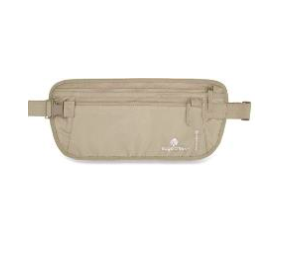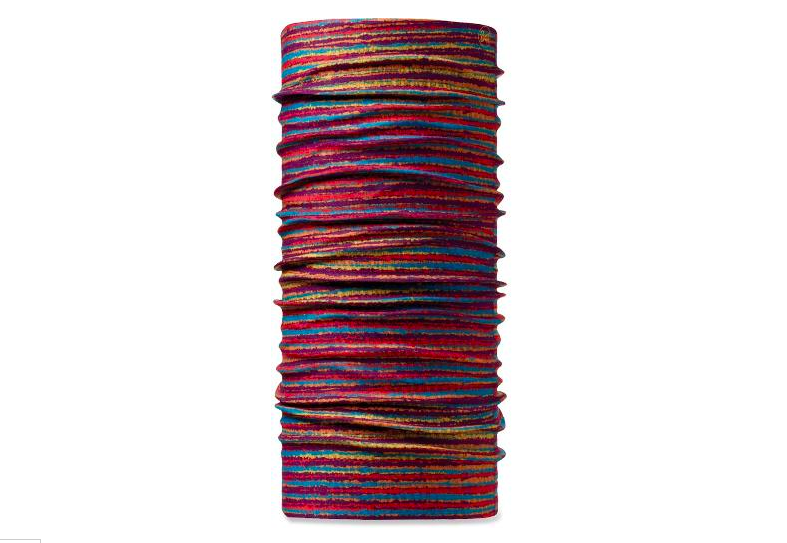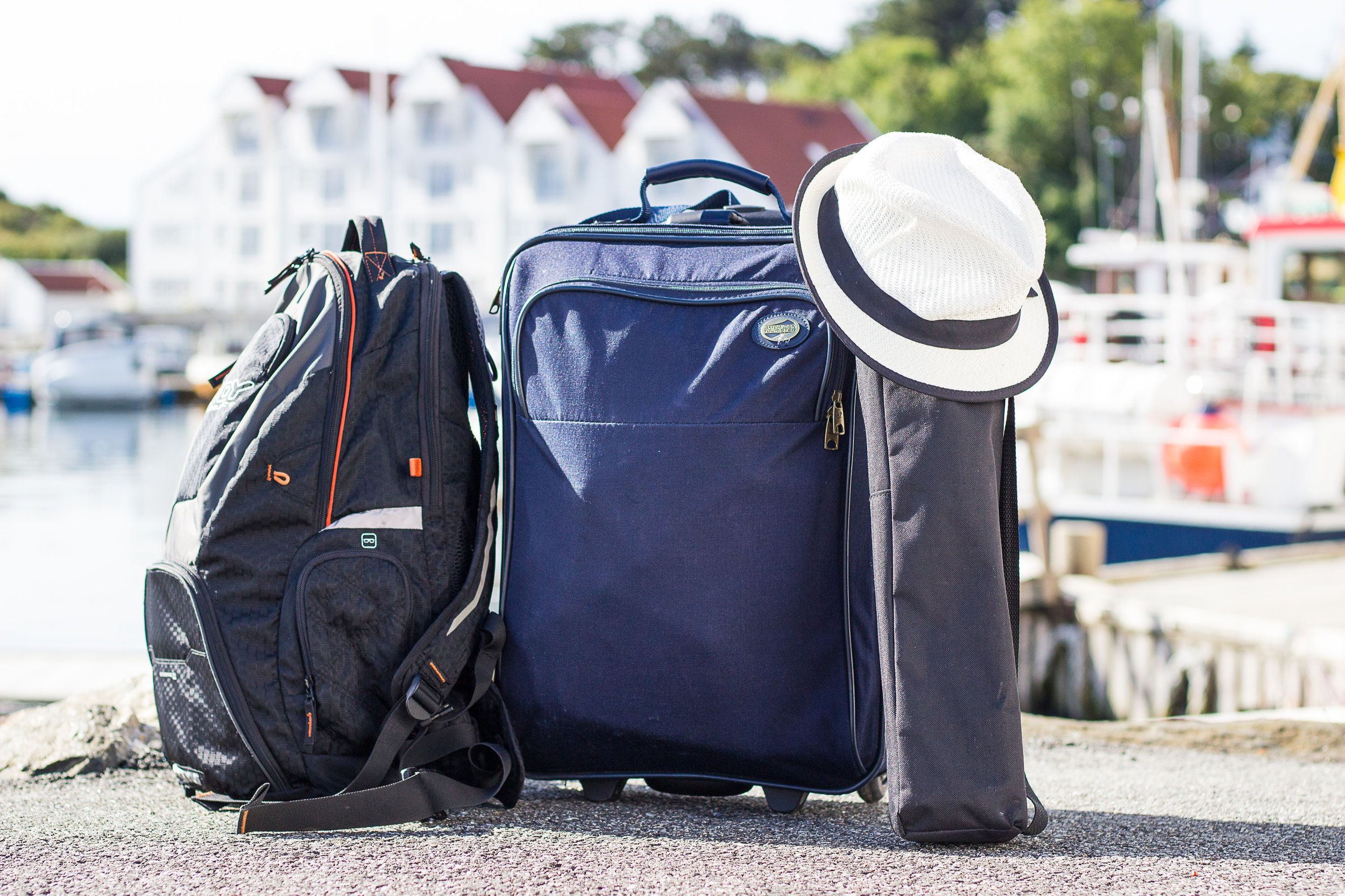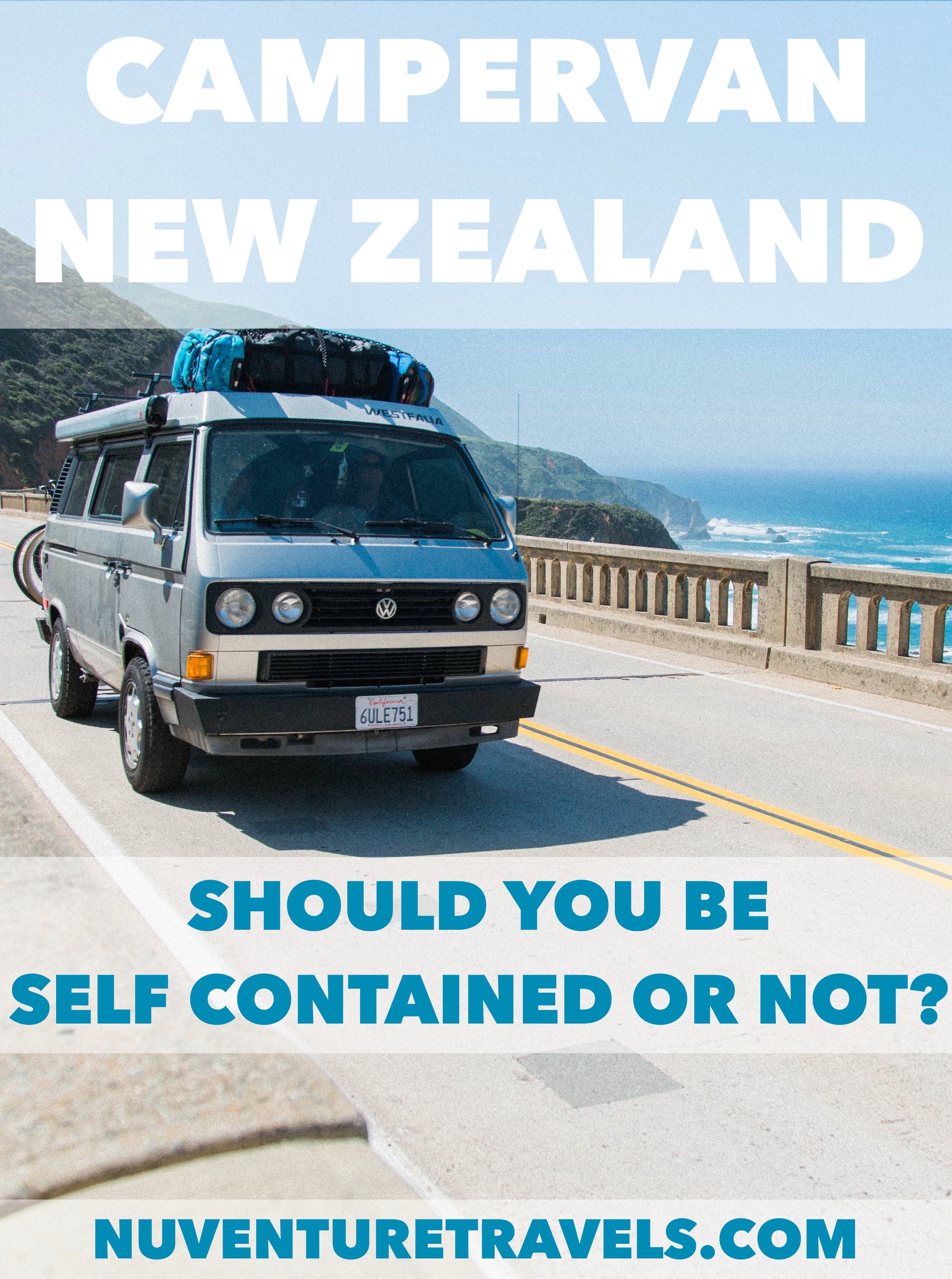How should you prepare to visit the Acropolis and Parthenon in Athens, Greece? I've got you covered! I made so many mistakes on my visit, so please follow my list to carry what you'll need for an enjoyable time up there.
What mistakes? First, I made the mistake of going in the heat of the day (what a bad idea!). I was up there for three or four hours soaking in the history, but there's no vegetation and shade up there, so second, I forgot a hat and sunscreen so I got blasted by the sun for all that time. Lastly, I was wearing slippery shoes and was slipping on the rocks the whole time. I ended the visit fried, dehydrated, and exhausted. I was in awe the whole times surrounded by this ancient history, but boy did my body pay for it!
So, make sure you go early in the day and pack these items below:
10 must pack items for visiting the Acropolis & Parthenon:
1. Money
To get a pass in, it costs €20 in the summer (€10 in the winter) and you'll be standing in line for awhile for your pass. So, make sure you have a credit card or euros on hand. And make sure you're in the right line (there's two lines at the ticket booth). There's a credit card line and a cash line and there's terrible/no signage for which one's which. So make sure you're in the right line, so you're not waiting in the wrong line to have to wait all over again.
Here's a money belt we pack with us to tuck our money into.
2. Shoes with Good Traction
I was shocked by how slippery the rocks were up there on Acropolis and around the Parthenon. However, if you think about it, this small area has been walked on with high traffic for centuries, so the ground has been smoothed and it's slippery. I recommend shoes with good traction to have sure footing as you're looking up at the striking columns and carvings on the Parthenon.
During my visit I was wearing cheap and slippery shoes. I wish I'd been wearing my Altra's. They have awesome traction!
3. Sunglasses
The area up on Acropolis around the Parthenon is white rock at every angle. There's barely any vegetation and it's super bright from all the light being reflected! Protect your eyes with sunglasses.
A friend gifted us fun sunglasses like these, and life is just more fun in these. We feel like we're chilling at the beach when wearing them:)
4. Hat
Along with no vegetation up there, there's also little shade. Make sure you wear a hat, a big wide one, to protect your head, face, and skin.
I forgot these things on my visit, but if I were to go again, I'd pack my hat and my buff to protect my head and neck.
5. Sunscreen
6. Umbrella
Bring this too! I'm not an umbrella type even in the rain, but it's so bright up there from the sun above and the white stone reflecting light from every angle, next time I'm packing an umbrella to provide my own shade.
Here's a fun travel umbrella I found for next time:)
7. Water
Carry water, water, and more water. With that Greek sun, heat, and the amount of time you'll want to spend up there, remember to stay hydrated. It'll make for a more enjoyable experience.
This is my favorite water bottle that I left at home and forgot to carry.
8. Snack
9. Camera
For your photos and video of the Parthenon! You have to capture this place! It's over 2,400 years old! What a spot in the world! Read some more fun facts here.
I carry a small Canon Rebel. I love it because it's light and I can stow it away in my bag and get it out easily when I need it. You can check out other camera gear I carry here.

































